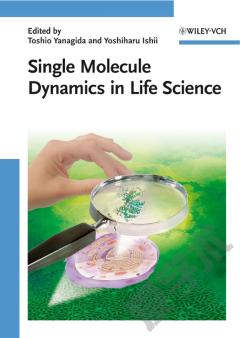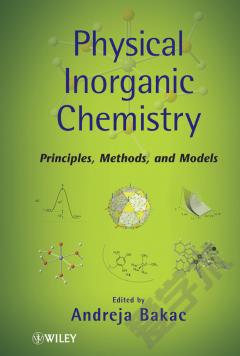Single Molecule Science —— Physical Principles and Models
----- 单分子科学:物理原理和模型
A Brief History of Thought and Real Single-Molecule Experiments How the Properties of Individual Molecules Are Measured Typical Size of a Molecule Optical Detection of an Individual Molecule Scanning Probe Microscopies Optical Tweezers Nanopore Experiments The Kinetics of Chemical Reactions: Single-Molecule Versus "Bulk" View How Molecules Explore their Energy Landscapes The Potential Energy Surface What Are the Equations of Motion Obeyed by a Molecule? Stochasticity in the Dynamics of Individual Molecules Properties of Stochastic Trajectories Further Discussion: Some Mathematical Properties of the Master Equation Further Discussion: How Does a Molecule "Know" Its Own Entropy? Microscopic View of the Rate of a Chemical Reaction: A Single-Molecule Perspective From Microscopic Dynamics to Rate Coefficients Overcoming the Rare Event Problem: Transition State Theory Why Transition State Theory Is Not Exact The Transmission Factor Relationship Between the Transmission Factor and the Number of Crossings The Transmission Factor for Langevin Dynamics Extension to Many Degrees of Freedom Reaction Kinetics in Complex Systems: Floppy Chain Molecules, Random Walks and Diffusion Controlled Processes Further Discussion: Derivation of Eq.5.35 Molecular Transition Paths: Why Going Uphill May Be Faster Transit Times vs. First Passage Times Time Reversal Symmetry and its Consequences for Transit Times Transit Time Through a Parabolic Barrier Further Discussion: How to Follow a Langevin Trajectory Backward in Time Properties of Light Emitted by a Single Molecule and What It Can Tell Us About Molecular Motion Poisson Process and Non-Single-Molecule Light Sources Single-Molecule Emitters: Photon Antibunching Monitoring Conformational Changes with Fluorescence Resonance Energy Transfer (FRET) Random Thoughts on Computer-Aided Approaches to Discovering Single-Molecule Dynamics Single-Molecule Mechanics Single-Molecule Springs: Origins of Molecular Elasticity Thermodynamics and Kinetics of Mechanically Ruptured Bonds Slip vs. Catch Bonds Force-Induced Unfolding and Other Conformational Transitions Influenced by Forces Further Discussion: Elastic Response of a Freely Jointed Chain Beyond Hook's Law Nonequilibrium Thermodynamics of Single Molecules: The Jarzynski and Crooks Identities Stretching and Contraction of Molecular Springs: Energy Dissipation and the Second Law of thermodynamics Exact Relationships Between Free Energy and Nonequilibrium Work Energy Dissipation in Biological Molecules: Sacrificial Bonds and Molecular Shock Absorbers Further Discussion: Proof of the Crooks Identity Single-Molecule Phenomena in Living Systems Single-Molecule View of Enzyme Catalysis Enzymes as Molecular Motors Appendix A Probability Theory, Random Numbers and Random Walks Rules for Calculating Probabilities Random Numbers and Their Distributions Random Walks Appendix B Appendix B: Elements of Statistical Mechanics Canonical (Gibbs) Distribution The Partition Function and the Free Energy Maxwell-Boltzmann Distribution and the Equipartition Theorem
{{comment.content}}








 京公网安备 11010802027623号
京公网安备 11010802027623号